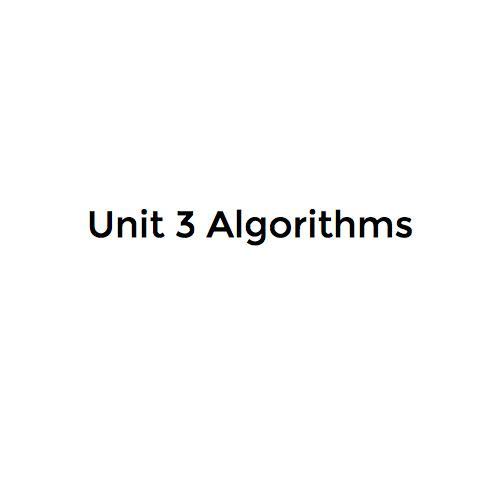How Do Promises Work?
William Gottschalk


github.com/wgottschalk
@will_gottschalk
But first...
When your browser or server goes to get a web page or some other form of data, a request is sent.
How does async work?

Request
In the mean time...
While your computer is waiting for a message to return, it gets to do a bunch of other stuff!

This type of behavior is called "non-blocking". This is what makes javascript (and node) so powerful.
You don't have to sit around watching a buffering icon or loading bar until the request finishes. You can continue doing other things!
When a request comes back, we call it a response. Once your computer receives a response, it runs a callback function.
When the request finishes...
var request = require('request');
// your computer sends a get request to a url.
request.get('http://www.somerandomwebsite.com', function(err, res, body) {
// the callback is triggered and you can write awesome code here
};This function can whatever you program it to do, but the callback will almost always have access to three objects: the error, response, and body objects.

Response
Err
Res
Body
What could possibly go wrong?
A lot!
Lets say you want to get the movie Frozen from an online database and display it on your webpage
// the JQuery version of a get request
var movies = [];
$.get('http://www.omdbapi.com/?t=Frozen&y=&plot=short&r=json', function(data) {
movies.push(data); //callback is ran when the JSON data get recieved
});
// Javascript doesn't wait for the request to come back and executes the next
// line of code.
renderMoviesToThePage(movies); // There is nothing in the array right nowThe quick fix
Move your subsequent functions inside of your callbacks
But what if you have multiple asynchronous requests?
// Callback hell example
var movies = [];
$.get('http://www.omdbapi.com/?t=Frozen&y=&plot=short&r=json', function(data) {
movies.push(data);
$.get('http://www.omdbapi.com/?t=Big+Hero+6&y=&plot=short&r=json', function(data) {
movies.push(data);
$.get('http://www.omdbapi.com/?t=Aladin&y=&plot=short&r=json', function(data) {
movies.push(data);
$.get('http://www.omdbapi.com/?t=Up&y=&plot=short&r=json', function(data) {
movies.push(data);
renderMoviesToThePage(movies);
});
});
});
});With nested callbacks it becomes very difficult for a developer to reason about code
What is a promise?
A promise is a different way of structuring and handling your asynchronous functions in a way that is more intuitive than nesting callbacks. This allows a developer to reason about their code in a more predictable manner.
In laymen's terms a promise is saying "I promise to tell you whether the operation was fulfilled or rejected. Then, I will process the data for you."
Promises are a placeholder that represent an asynchronous function's return value before the resolution of that function. Upon resolution, a promise can either have a state of fulfilled or rejected.
Promises in javascript
Here is how a promise in javascript is structured
How Do Promises Work?
By William Gottschalk
How Do Promises Work?
- 581



